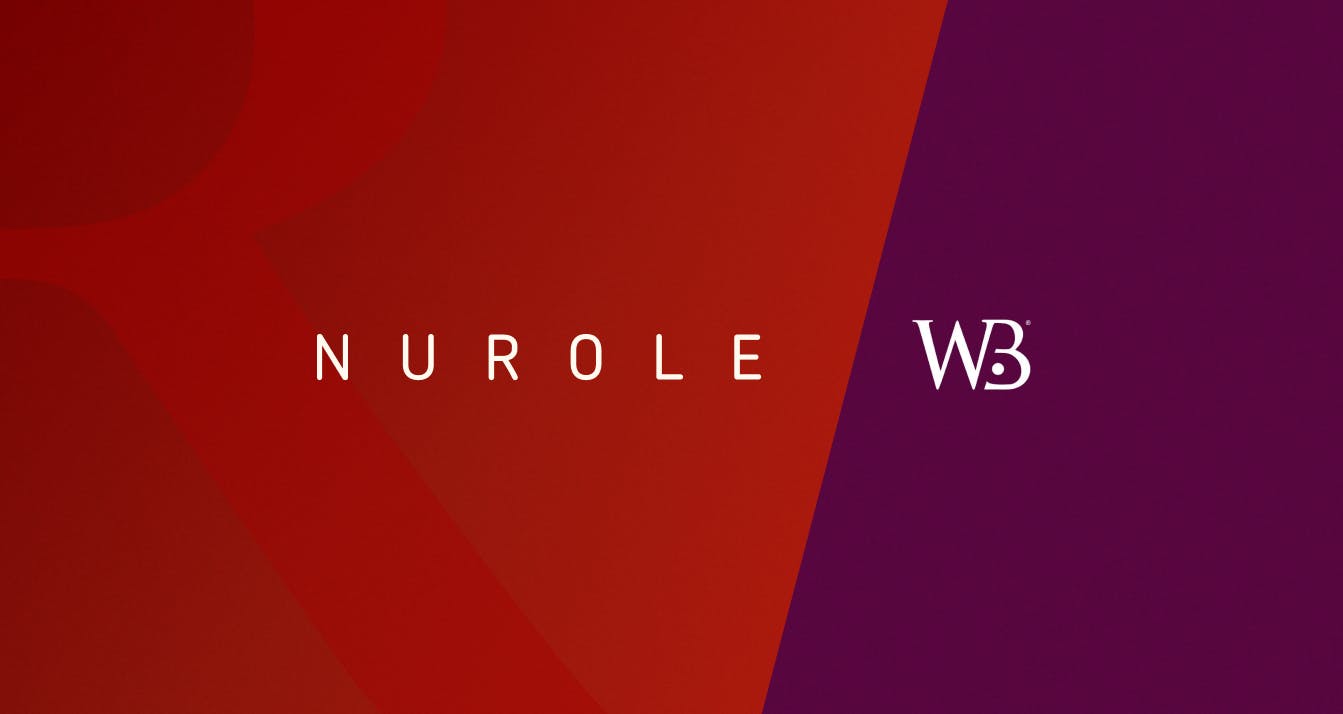
How can AIM boards encourage bold executive thinking in spite of existential threats?
Roman philosopher Pliny the Elder famously said that “the only certainty is uncertainty.” Expanding on the theme, Sun Tzu, the Chinese general and strategist, added the hopeful caveat that, “in uncertainty there is opportunity.”
As AIM board members operating in the current economic and political climate, it’s easy to relate to the certainty of uncertainty, but it can be harder to see the associated opportunities. So what can boards do to help their organisations seize opportunities amidst uncertainty? What can they do to ensure their executives are being bold and innovative, in spite of existential threats?
It is hard to be bold without a certain level of financial security. As CEO of Apple, Steve Jobs enjoyed his biggest success with two innovative and high-risk products: iPod and iTunes, both launched in 2001. However, that was four years after he became CEO in 1997. Before investing in developing and marketing these products, Jobs focused on regaining Apple’s financial health.
Driven by a philosophy of simplification, he lent into the company’s legacy products and loyal customer base. As a result, he turned the company around from net losses of $1.04 billion in 1997 to a net income of $309 million in 2001. Reflecting on the relationship between financial security and innovation, Jobs said, “if you’re going to be a company that provides value to customers, you have to have a financial base that pays for the bills.”
Beyond prioritising an organisation’s financial health, NEDs can also help create an innovative culture by being diligent in their core duty of helping the executive articulate and stick to a clear, long-term vision and strategy. In doing so, the leadership team will make decisions consistently, and that consistency will give other executives the confidence to be bold in spite of uncertainty. As management expert Peter Drucker put it, “consistency of actions, values, methods, measures, principles, expectations and outcomes are the essence of a good organisation.”
When he appeared on the Nurole podcast, Enter the Boardroom, performance coach Owen Eastwood - former coach to the New Zealand rugby and England football teams amongst others - suggested you could measure the benefits of leaders painting a clear and consistent picture of their vision, in terms of the executives’ or team members’ physiology.
“When you paint these mental pictures for people,” he suggested, “it’s incredibly motivating. And not just in a fluffy way … you can look at people’s hormonal states … you can literally measure it, with the dopamine and oxytocin and serotonin levels surging.”
It can also be helpful for boards to double-down on their company’s purpose - purpose being one of the few things they can control in the face of economic and political volatility. As Matthew Syed, a British journalist who has written extensively about innovation, says, “When people understand the purpose of what they are doing, they are far more likely to take risks, to experiment, to share knowledge, and to support one another in the pursuit of a common goal.”
The outdoor clothing company Patagonia offers a great example of the benefits of sticking to a clearly articulated purpose in the face of economic difficulties. Shortly after the financial crisis in 2008, Patagonia launched the Common Threads Initiative, aimed at reducing consumer waste by offering free repairs or recycling on all their clothing. On the face of it, a clothing company offering free repairs on its clothing, shortly after a financial crash, doesn’t seem commercially expedient.
However, the purpose-driven decision has paid dividends in the mid-term in terms of cost-savings, employee satisfaction and even sales. In 2019, the company indicated that the project had saved them $10million dollars, especially due to the reduced material and waste management costs in its production process created by recycling.
In the same year, Patagonia conducted a survey of its employees which found that 89% felt that the company’s work was meaningful, 86% felt proud to work at Patagonia, and 82% felt that the company’s values aligned with their sense of purpose. And in the 10 years since they introduced the initiative, Patagonia’s sales increased from $543million to $1.4billion per annum.
Finally, to encourage boldness in the face of uncertainty, boards can try to cultivate a culture of black box thinking. As the name suggests, this kind of thinking is taken from the aviation industry which has invested in black box technology so that it can scrutinise its mistakes carefully and learn from them. In his book, Black Box Thinking, Matthew Syed argues that organisations learn more from their failures than successes, and that black box thinking should be applied in other sectors like healthcare, which have historically under-invested in their mistakes.
For a measure of the benefits of black-box thinking - and the dangers of the alternative - Syed compares examples from aviation and healthcare. After Air France Flight 447 crashed in 2009, investigators recovered the plane’s black box and discovered that the crash was primarily due to the pilots failing to act on a technical error. In response, the International Civil Aviation Organisation initiated new procedures in pilot training, and there have been no crashes occasioned by the same mistake since.
Syed compares this example to a series of avoidable deaths which occurred at the Bristol Royal Infirmary during the 1990s. Despite numerous reports of atypically high mortality rates, hospital leadership failed to intervene. A public inquiry in 2001 revealed that the leadership had been made aware of failures in monitoring procedures and inadequate staffing levels on numerous occasions, but each time they had failed to learn from their mistakes. The inquiry also found that there had been a culture of opacity and secrecy at the hospital, which has directly contributed to the avoidable deaths.
If companies invest in their failures, they don’t just learn from them so that they don’t repeat their mistakes. They also send a signal to their employees that mistakes won’t just be forgiven, they will be valued … that they are part of innovation, not just an unfortunate byproduct. This kind of message is particularly powerful - though also particularly tempting to avoid - in the current economic climate.
By sending a message that failure can be valuable, then, as well as prioritising financial health, long-term vision and a clearly defined strategy, boards can give their executives the clarity and stability they need to be bold in uncertain times.






